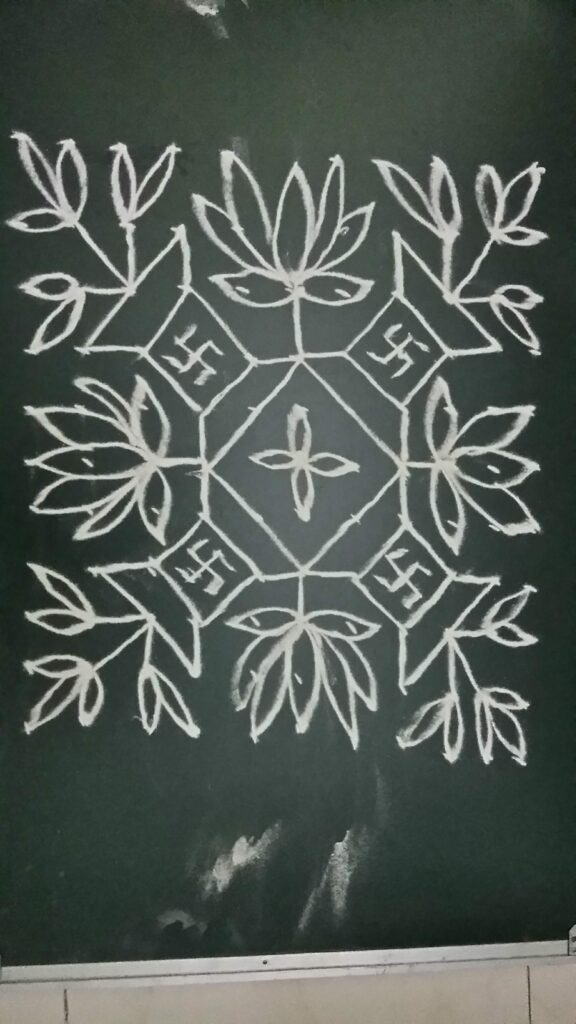Easy Rangoli Design for daily use
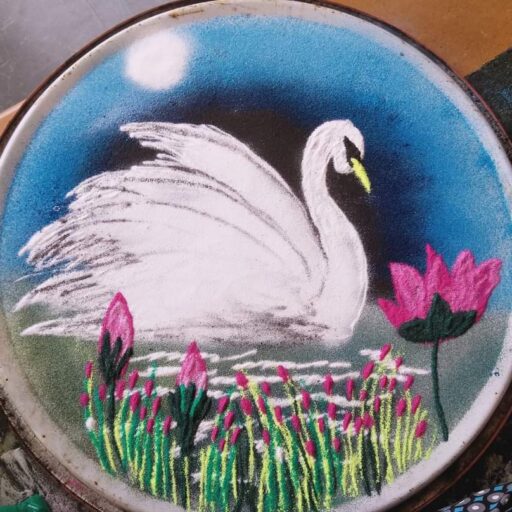
Rangoli, an ancient Indian art form, is not only reserved for special occasions and festivals but can also be incorporated into daily life. Creating simple and easy rangoli designs can add beauty and vibrancy to our homes on a regular basis. In this article, we will explore the concept of easy rangoli designs that can be created effortlessly and used as a daily decorative element.
- Importance of Rangoli in Daily Life: Discuss the significance of rangoli as a traditional art form in Indian culture. Highlight how it brings positivity, prosperity, and a sense of auspiciousness to our everyday lives.
- Choosing Simple Designs: Provide tips on selecting easy and manageable rangoli designs suitable for daily use. Emphasize the importance of simplicity, especially for those who are new to rangoli or have limited time to dedicate to the art form.
- Materials and Tools: Outline the basic materials and tools needed for creating easy rangoli designs. Mention items such as colored powders, rice flour, flower petals, stencils, and small containers for mixing colors.
- Simple Geometric Patterns: Introduce simple geometric patterns like squares, circles, triangles, and dots that can be easily created using basic shapes. Explain how these patterns can be combined to form attractive and visually pleasing designs.
- Floral Rangoli Designs: Highlight the beauty of floral rangoli designs that can be made using fresh flower petals or even artificial flowers. Discuss the versatility and simplicity of floral patterns and how they can be adapted to suit different spaces and occasions.
- Diya Rangoli: Explain the concept of diya rangoli, which involves arranging diyas (oil lamps) in a decorative pattern. Showcase easy diya rangoli designs that can be created using a few diyas and colored powders to add a touch of elegance to daily rituals.
- Incorporating Colors: Discuss the significance of colors in rangoli designs and how they can evoke different moods and energies. Provide tips on selecting colors that complement each other and enhance the overall appeal of the rangoli.
- Quick and Time-Saving Techniques: Share time-saving techniques such as using stencils, pre-made rangoli stickers, or rangoli molds to create easy designs without compromising on the visual impact. Discuss how these techniques can be useful for busy individuals who wish to incorporate rangoli into their daily routines.

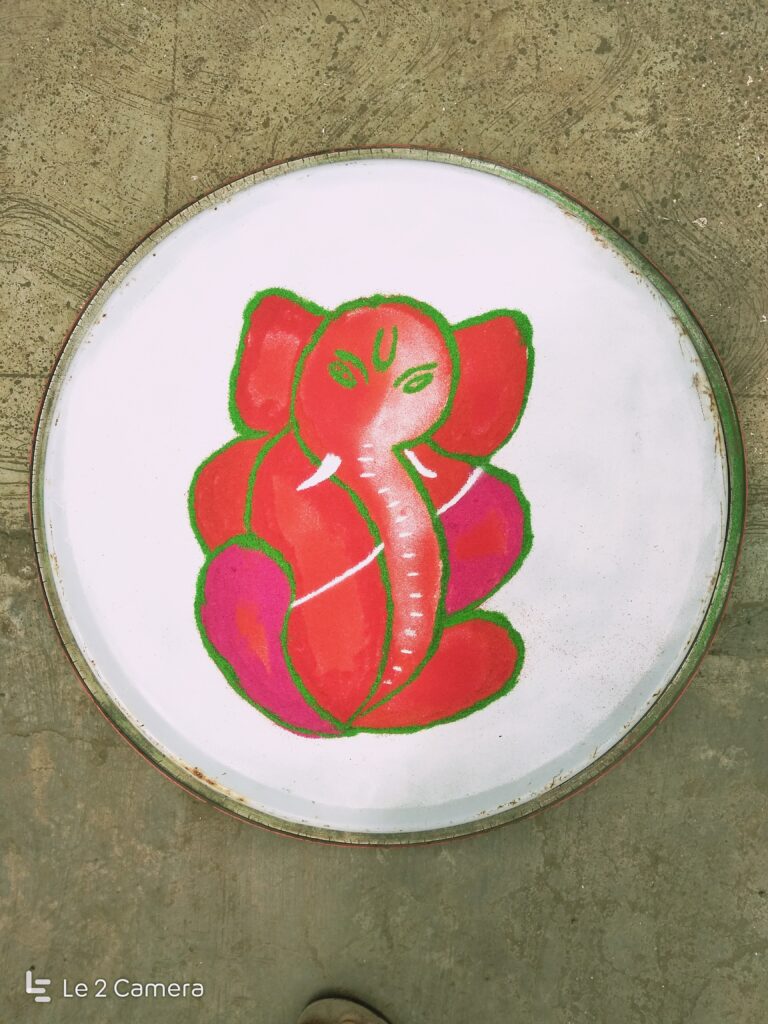
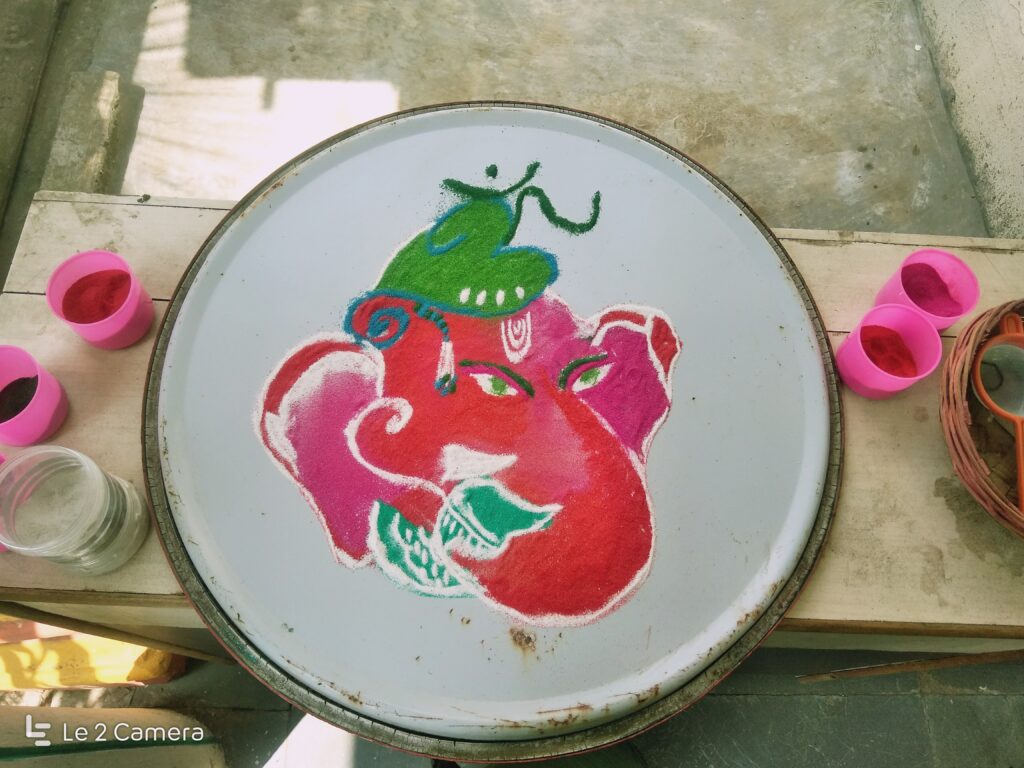

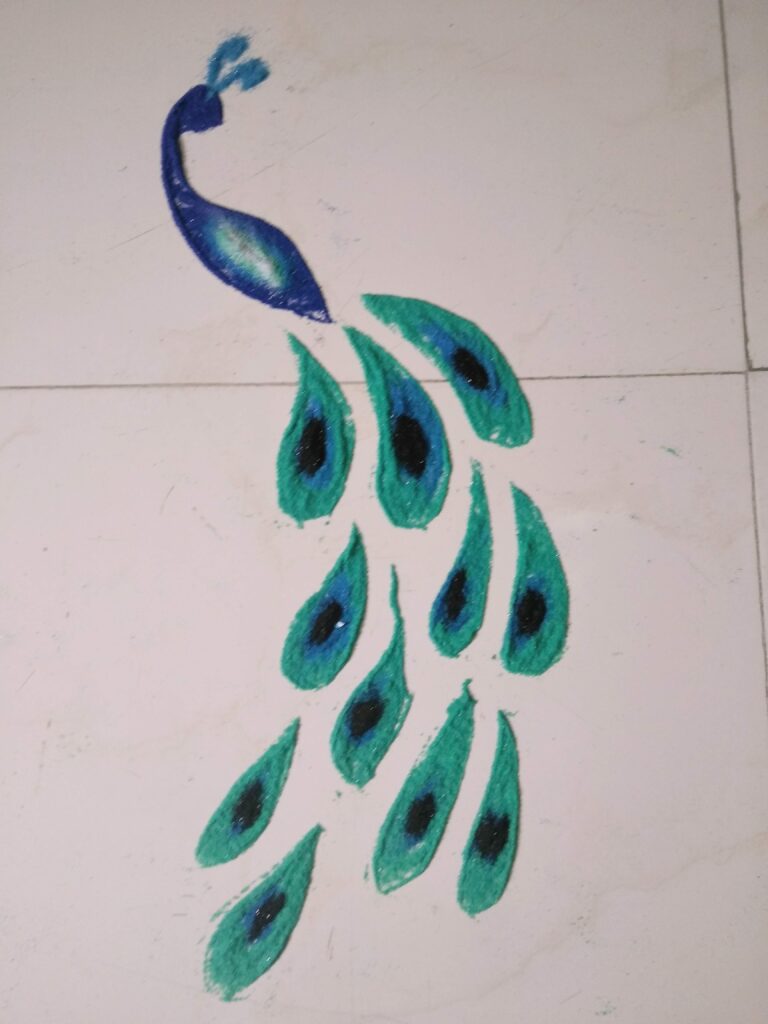
Rangoli, a colorful and intricate art form native to India, has a rich and fascinating history that spans centuries. Rooted in ancient traditions and cultural practices, rangoli holds immense significance in Indian society. In this article, we will delve into the history of rangoli, exploring its origins, evolution, and enduring presence in Indian culture.
- Ancient Origins: Rangoli finds its roots in the ancient Indus Valley Civilization, where evidence of early floor decorations has been discovered. These early patterns, made using natural materials like rice flour, colored sand, or flower petals, were created as a way to honor deities and bring good luck. The art form evolved over time, influenced by religious rituals, folk traditions, and regional customs.
- Cultural Significance: Rangoli holds deep cultural significance in India. It is believed to be a spiritual practice that invites positive energy into homes and public spaces. Rangoli is often created during festivals, auspicious occasions, and religious ceremonies, symbolizing hospitality, prosperity, and the celebration of life’s special moments.
- Regional Variations: One of the remarkable aspects of rangoli is its diversity across different regions of India. Each region has its unique style, motifs, and techniques. In South India, rangoli is known as Kolam and is characterized by intricate, symmetric designs. In North India, Alpana and Mandana are popular forms of rangoli, featuring geometric patterns and floral motifs. The states of Rajasthan, Gujarat, and Maharashtra also have their distinct styles, reflecting the cultural heritage of the region.
- Traditional Materials and Techniques: Traditional rangoli designs were created using natural materials such as rice flour, turmeric, colored powders, and flower petals. Skilled artists would use their fingers or tools like the rangoli pen (a cone-shaped instrument) to meticulously craft intricate patterns. The designs were often passed down through generations, with families adding their unique touches and preserving the traditional techniques.
- Symbolism and Mythology: Rangoli designs often incorporate symbolic elements and mythological references. Common motifs include flowers, leaves, peacocks, elephants, and religious symbols. These symbols carry deeper meanings and are believed to invoke blessings, ward off evil spirits, and honor deities. For example, the lotus flower symbolizes purity and enlightenment, while the peacock represents beauty and good luck.
- Evolution in Contemporary Times: With changing times and urbanization, the art of rangoli has evolved. While traditional designs are still cherished, rangoli artists have embraced new materials like colored powders, stencils, and even technology-assisted methods. Contemporary rangoli designs often incorporate innovative techniques, vibrant colors, and fusion with other art forms, reflecting the fusion of tradition and modernity.
- Global Recognition: In recent years, rangoli has gained international recognition as a unique form of artistic expression. Its intricate patterns, vibrant colors, and cultural significance have captivated audiences worldwide. Rangoli festivals, workshops, and exhibitions are organized globally, promoting cross-cultural exchange and appreciation for this ancient art form.
The history of rangoli is a testament to India’s rich cultural heritage and artistic traditions. From its ancient origins in the Indus Valley Civilization to its diverse regional variations and contemporary adaptations, rangoli continues to be a cherished art form. Its symbolic significance, intricate designs, and ability to bring communities together have made it an integral part of Indian celebrations and cultural identity. As rangoli evolves with the changing times, it continues to inspire creativity, promote cultural understanding, and preserve the beauty of tradition for generations to come.
